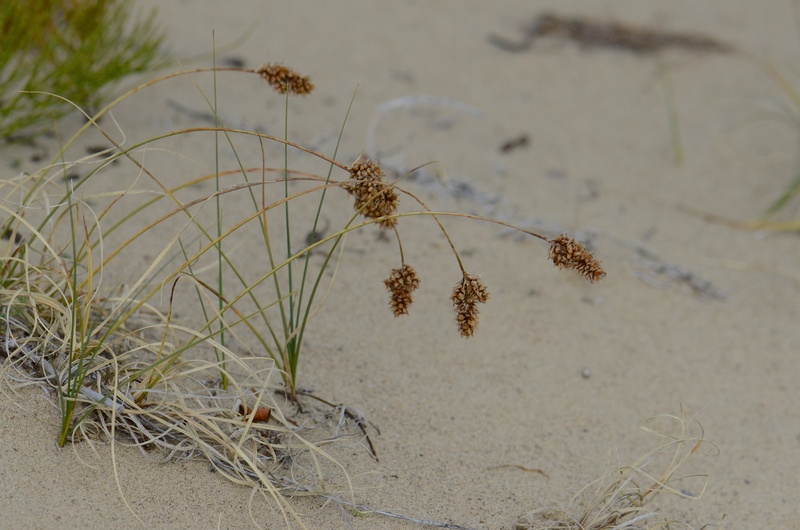Baikal Sedge Facts
- Most notably, and also quite unfortunately, the remarkable Baikal Sedge ranks as an exceedingly rare plant. In fact, this marvelous specimen of Nature only exists in a handful of individual locations. This somewhat puzzling species remains extant in only 14 known groupings which also exist scattered globally.
- Presumably, the surprising little plant could have once possessed a greater distribution. For the moment, however, researchers remain uncertain about this possibility. Furthermore, it also remains possible that one population, located in Asia, was accidentally transplanted. For now, it’s history represents a rather fascinating mystery.
- Sadly, its position currently remains quite tenuous. This fact holds true due to a combination of factors, not just because of its scarcity. It also faces threats from several invasive species, which compete with it for territory. In addition, off-road recreational vehicles remain quite popular in some of its areas of habitation. But, climate change remains its greatest threats.
Related Articles
Baikal Sedge Physical Description
First of all, the delicate seeming Baikal Sedge evolved as a small perennial species. The species appears delicate and fragile, but the reality remains quite the opposite. In fact, this surprising plant variety actually represents a comparatively hardy species.
Firstly, the stems of the plant develop as somewhat fragile, since these stay rather thin. As a result of this tendency, the feature has a decided habit of drooping significantly. These same stems occasionally attain a length of as much as 13.8 in (35 cm) in length.
The plant also grows in fairly dense tufts, compared to related species. Furthermore, it generally produces long rhizomes. As a result, the natural marvel possesses the ability to cover large portions of sand within its native habitat range.
In addition, the leaves of the Baikal Sedge generally remain short in length. Also,, these typically display a grayish-green color. Flowers bloom diminutive and occur in small clusters. Also, these range greatly in color from yellowish green to purplish-black.
- Kingdom: Plantae
- Phylum: Anthophyta
- Class: Monocotyledoneae
- Order: Cyperales
- Family: Cyperaceae
- Genus: Carex
- Species: C. sabulosa
Baikal Sedge Distribution, Habitat, and Ecology
Perhaps most importantly, the vast majority of Baikal Sedge appears endemically in five regions in the southwest Yukon. Furthermore, four of these exist in Canada, in North America. Yet the fifth population grouping appears in the state of Alaska.
The four concentrations occurring in the country of Canada represents the majority of the population of the species. Yet a few populations actually occur in a completely surprising location, thus the mystery surrounding it.
This remarkable concentration occurs roughly 1,864 mi (3,000 km) away. These occur in central Asia. For the moment, no conclusive explanation for this separation presents itself. The leading theory suggests that these were transplanted there, either intentionally or accidentally.
Currently, all known populations grow in either active or semi-stabilized sand dunes. In these locations, the Baikal Sedge usually forms the only plant present. Reproduction occurs either by seeds or by sending up new shoots. However, it has been noted that deeper sand accumulations may impede shoot production.
Only a few of the populations of this species grow in a protected area. These occur in the Kluane National Park and Reserve, in Canada. This serves as the reason that the majority of the plant appears to be unfortunately highly threatened by habitat loss.
Species Sharing Its Range
Check out our other articles on 7 Outstanding Flightless Birds of the World, White Spotted Puffer, Salar de Uyuni, Giant Huntsman Spider, Bee Hummingbird, Geoffroy’s Cat, Philippine Cobra

